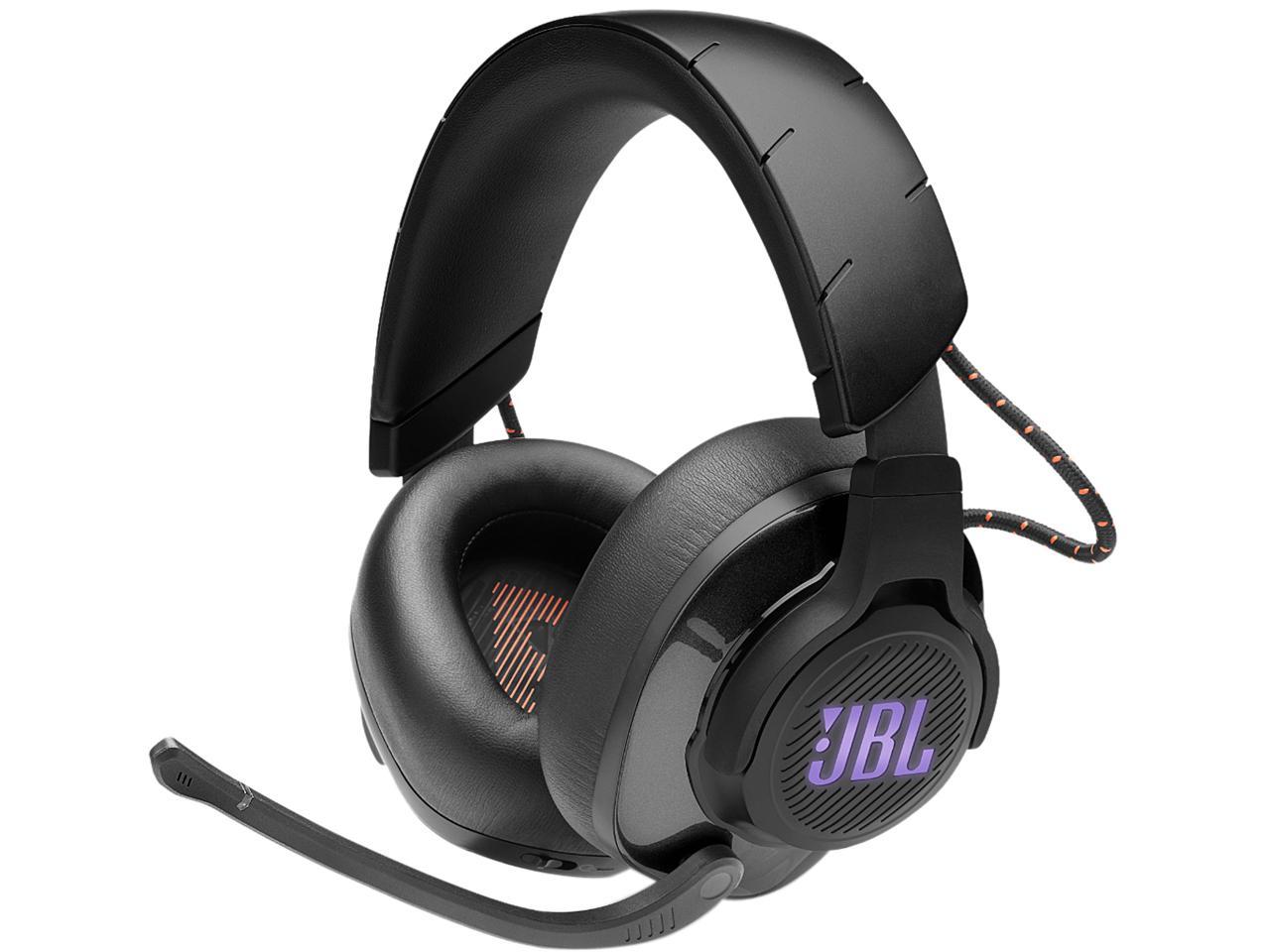

They get fairly loud but are more noticeable in a quiet room than the Quest 2’s, possibly to account for the Focus 3’s internal fan. Unlike some of HTC’s other headsets, the Focus 3 uses downward-firing speakers rather than over-the-ear headphones. They’re brighter and crisper than the Quest 2’s 1,832 x 1,920 resolution displays, and the most noticeable difference between the two headsets other than how they feel to wear. The twin screens behind the Focus 3’s comfortable cushioning are 5K LCD panels with 2,448 x 2,488 pixels per eye (4,896 x 2,448 pixels combined), a 120-degree field of view, and a 90Hz refresh rate. These are the kind of quality of life features that $1,300 buys you (even though I think they should cost you less). The back of the Focus 3 can be loosened or tightened using a built-in wheel and it has a quick-release button for easily getting the headset on and off. It’s removable and features rubber flaps where your nose goes. The best is the faceplate, which is coated in cushiony, almost faux-leather padding like you’d find on a pair of Sony WH-1000XM4s. Ian Carlos Campbell / InputĪll of the most important surfaces of the Focus 3 are smooth and comfortable to the touch. The Focus 3 is more comfortable to wear and hold thanks to better head straps and larger hand grips. HTC has also gone a step further and made the battery of the Focus 3 hot-swappable.

Where Meta sells the Elite Strap for the Quest 2 as a $50 add-on, the Focus 3 comes with the same curved battery and improved weight distribution built-in. The headset differentiates itself - and I think partially justifies its higher price - with improved ergonomics. In comparison to the design language of the Quest 2, the Focus 3 is for people who know they’re working in VR and want other people to know it too - I’ve heard it compared to the VR headsets from Ready Player One and I don’t think that’s far off. The Focus 3 is bigger than the Quest 2 and noticeably heavier, yet overall I think it’s more comfortable to wear for extended periods of time. Despite HTC’s specific VR aesthetic, which is definitely its own brand of future dystopia (in a good way, it’s distinct), the Focus 3 feels decidedly premium. I have no love for glossy plastic, but don’t let first impressions sway you on the Focus 3. We only include products that have been independently selected by Input’s editorial team. Input may receive a portion of sales if you purchase a product through a link in this article. It’s an enterprise-only product, so not useful for everyone, but I think it has design elements that should absolutely trickle down into more affordable headsets. HTC’s Vive Focus 3 attempts to address them by having the nicest fit and finish of any VR headset I’ve used, but at a hefty $1,300 cost. There are a ton of factors to this problem, the price of parts, the kind of experiences that you do in your headset, and more. The Quest 2 is an amazing feat of engineering, but a vehicle for long-term VR use it is not. In all the compromises that come with VR - and I imagine whatever metaverse-flavored products get forced on us in the next few years - the physical ones are frequently the most confounding, in terms of both accessibility and design. The way my hair gets messed up by velcro and the surprisingly vice-like grip of the Quest’s “Elite Strap.”

The way little dewdrops of sweat collect on the corners of the rubber gasket that covers the faceplate of the Quest 2. But I’m tired of the red marks on my face and the eye strain. Take one look at concept images and real-life products from the '80s and '90s and it's easy to see that we have it pretty good in 2022. It’s not that virtual reality headsets haven’t come a long way. I just want a VR headset that doesn’t hurt to use.


 0 kommentar(er)
0 kommentar(er)
